HOPE not hate uses cookies to collect information and give you a more personalised experience on our site. You can find more information in our privacy policy. To agree to this, please click accept.

IN A crowded conference centre after Donald Trump’s upset victory over Hillary Clinton in 2016, the poster boy for the American alt-right took to the podium to address some 200 attendees.
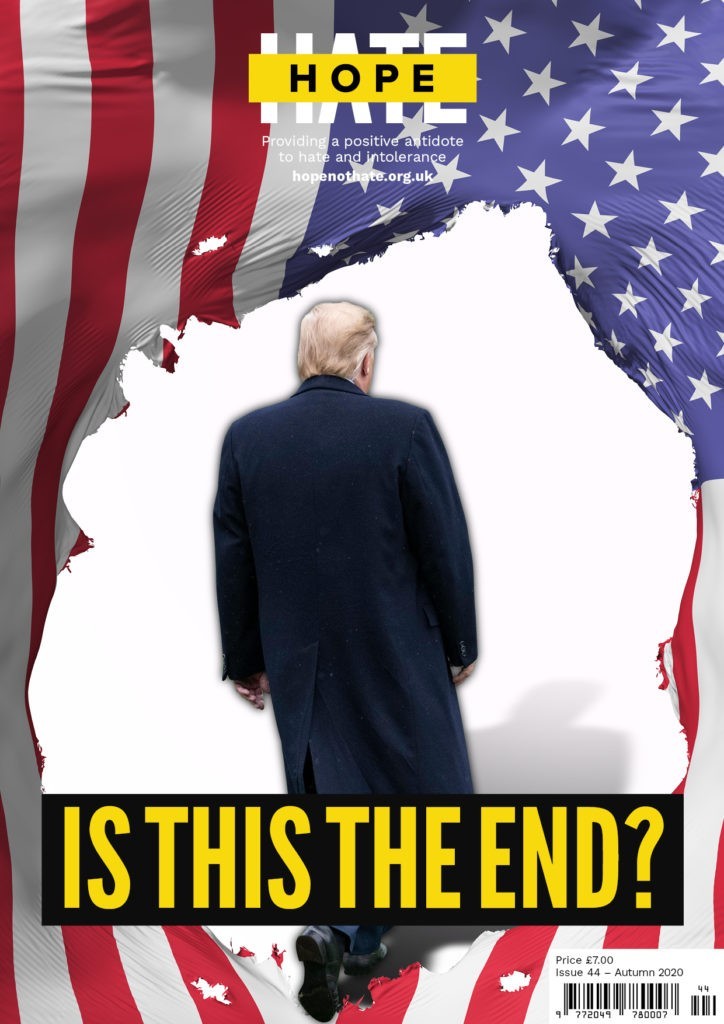
“Hail Trump, hail our people, hail victory!” a jubilant Richard Spencer (one of the most prominent figures of the alt-right movement) proclaimed. Members of the audience raised their arms in proud Nazi salutes.
In 2016 a wide coalition of extremists, calling itself the “alt-right” and led by unabashed white nationalists, was optimistic about what Donald Trump’s presidency would mean for their movement. Many believed that their work flooding the nation’s political discourse with far-right ideas, conspiracy theories and disinformation in the service of Trump’s campaign, would reap dividends: namely, influence in Washington and the destruction of the Republican Party establishment that had been standing in their way.
Instead, the state of the alt-right movement in 2020 is weak, its collective euphoria all but soured. Since Trump took office, far-right activists have suffered major blows, severely undercutting their ability to operate openly, recruit new foot soldiers and maintain financial viability.
Increased anti-hate activism, renewed journalistic scrutiny, and retooled social media policies against hate speech and disinformation have effectively ostracised many of the far right’s old lineup of animating forces. While the Republican Party has taken on many of the ideas and policies the alt-right championed, the party has distanced itself from the explicit hate of alt-right era movement and leaders.

In modern-day politics, Richard Spencer is also no longer cheerful. His media projects have been removed from many social media platforms and kicked off the web, rendering him an ineffective propagandist. Spencer is unable to use many online payment systems like PayPal and struggles to solicit donations for his cause. He was ostracised by some peers after the extent of the vitriolic racism behind his suit-and-tie persona was exposed to the public. Spencer is just one of many far-right figures to experience this plight.
Shortly after Trump’s election in 2016, the infrastructure surrounding the alt-right began to crumble under pressure and infighting began. As the national landscape adjusted to the Trump era, many far-right figures found themselves pitted against one another for what they believed would be a limited number of positions of authority and influence over politics and media in the Trump era.
These fissures grew into fault lines after a white supremacist at the 2017 “Unite the Right” alt-right gathering in Charlottesville, Virginia, murdered counter protester Heather Heyer when he deliberately drove his car into a crowd.
The alt-right fractured and scattered across the political playing field. Some figures tried to disavow hate and reinvent themselves as ostensibly serious commentators – Mike Cernovich and Jack Posobiec, for example – while others went underground in small clusters and radicalised further.
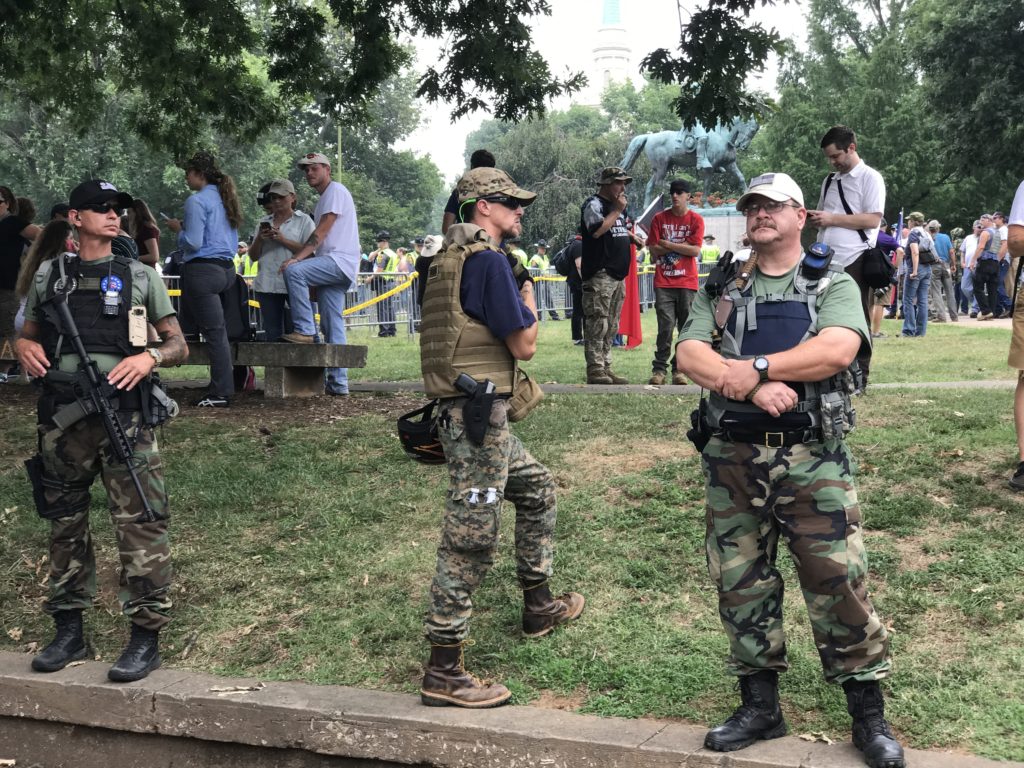
Social consequences for affiliating with the alt-right intensified after Charlottesville, often costing supporters their jobs and reputation. An effort to build parallel social media platforms free of hurdles for the alt-right largely flopped, failing to attract users due their limited influence beyond the confines of the far-right internet.
Even as many of the forces that set America’s latest far-right renaissance in motion were left devastated, the ideas central to the alt-right continued to rise in national prominence, as the Trump administration implemented nativist policies, scapegoated communities of colour, and deployed racist and anti-Semitic rhetoric toward its opponents.
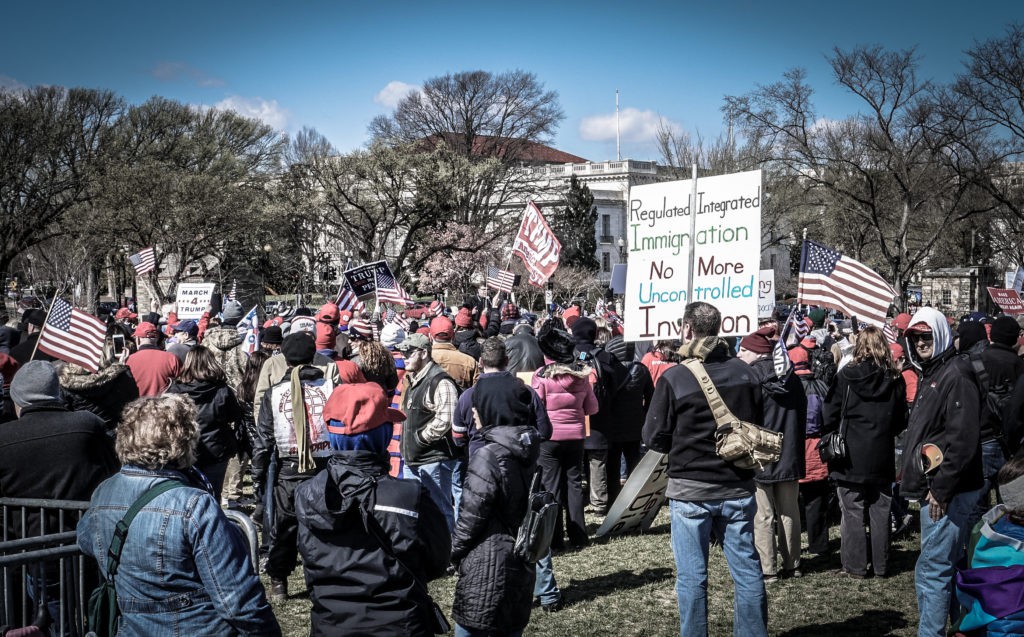
The figures of the alt-right no longer bring unique flair to the Republican discourse; hosts on Fox News echo many of the alt-right’s same rhetoric and ideas on prime time television every weeknight. Many afflicted alt-right activists soured on Trump and the broader Republican Party, feeling abandoned even as the party took on their ideas.
In turn, the far-right activists have shifted their focus away from the presidency to concentrate on local, state and congressional political races where they believe they can successfully elect candidates who share their own extreme ideas, like in the Senate campaigns of Kris Kobach and Jeff Sessions. Both Sessions and Kobach lost their primary elections for the Republican nomination, but not before garnering national media attention with their extreme positions.
They are also targeting major gatherings of Republicans and crashing events with their own propaganda. White nationalist youth organisers spent the latter months of 2019 crashing Turning Point USA speaking engagements and asking speakers to acknowledge their far-right beliefs and conspiracy theories. Rather than seek to court the political establishment, far-right activists have been seeking to infiltrate it and bend it to their will, and they are netting some occasional successes along the way.
Even in the post alt-right political landscape, the far-right surge in the Republican Party is as evident as ever. When the alt-right coalition fractured, its ideas among Trump’s most extreme supporters did not, and a new class of frontline supporters have filled their place.
Conspiracy theorists have dominated a vast swath of the Republican base with dozens of Republican Party congressional candidates embracing the far-right QAnon conspiracy theory, descendant of the alt-right’s “Pizzagate” heyday. QAnon is a big-tent conspiracy theory movement that rests on claims that Trump is engaged in a covert battle a network of satanic child sex traffickers that includes prominent politicians, business leaders, and entertainment stars.
One such QAnon-believing candidate, Marjorie Greene Taylor in Georgia, is extremely likely to win her election and serve in Congress next year and has been praised by Trump and other Republican leaders. At the Republican National Convention, several pro-QAnon candidates were invited to attend Trump’s nomination acceptance speech at the White House.
A cottage industry of far-right agent provocateurs has increased its presence at counter-demonstrations against far-right groups, and more recently at protest events spawning from police brutality against Black citizens.
Using selective video editing and mischaracterisations of facts on the ground at these events, they have attempted to garner sympathy for far-right forces facing resistance in their organising and vitriol for people fighting to protect their communities.
These efforts have caught the attention of the Trump administration and have been cited by administration officials seeking to justify the use of federal force against Black Lives Matter protesters, even as one militia group’s presence led to the death of two protesters in Kenosha, Wisconsin.
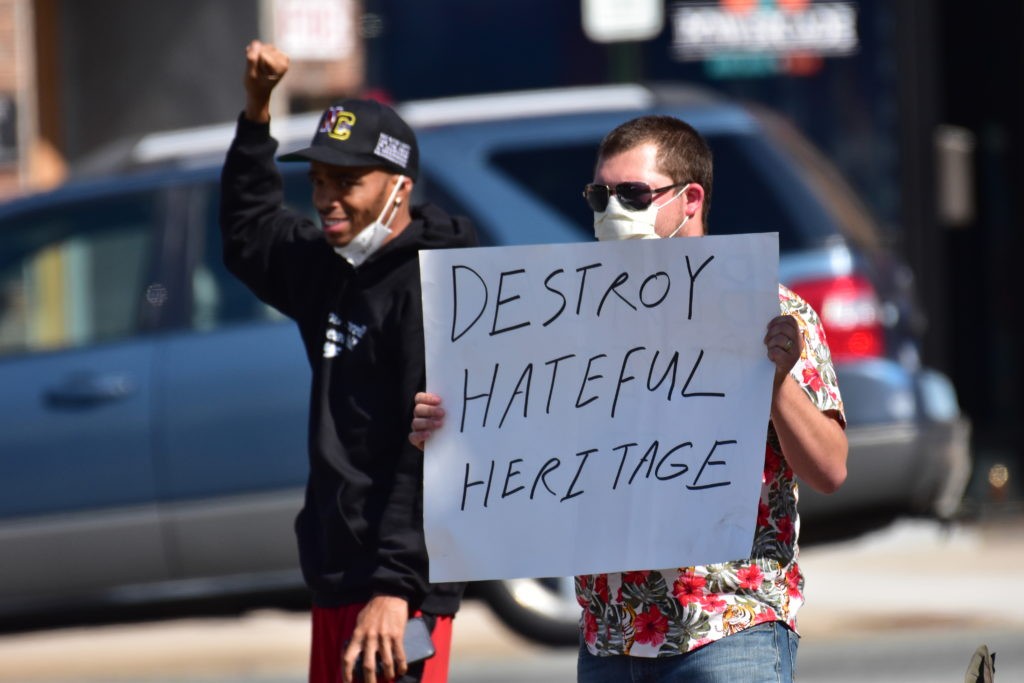
Other dejected alt-right activists have given up on electoral politics and have sought to stoke what they believe to be an imminent civil war in the United States, often prophesied in a racial context. Far-right influencers online have continued to encourage racist attacks on people of colour and immigrants.
Meanwhile, anti-government movement individuals have come to embrace the so-called “Boogaloo” movement. Young neo-nazi men have organised into underground de facto terror cells such as The Base, whose founder Rinaldo Nazzaro is now living in Russia. Federal law enforcement has charged several far-right radicals, thwarting would-be acts of extremist violence, in the last year alone.
While the alt-right may rest in shambles, its ideas are as potent as ever within the Republican Party ahead of the 2020 elections. Far-right efforts to bend the party to its extremist agenda pose a more complicated risk when decentralised and are difficult to pinpoint, demanding increased vigilance from those who seek to protect democracy against its agenda.

Jared Holt (@JaredlHolt) is a visiting research fellow @dfrlab focused on extremism and the election, and a podcaster for @shtpostpodcast.
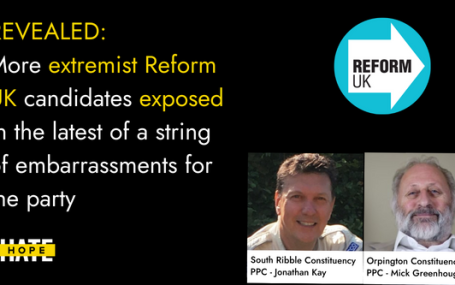
HOPE not hate reveals two more extremist candidates from Reform UK, in the latest of a string of embarrassments for the party UPDATE: Just hours…